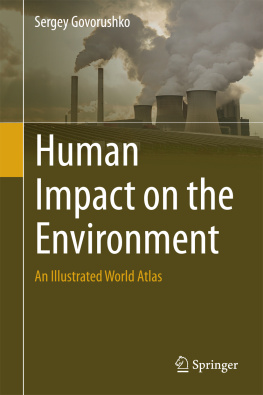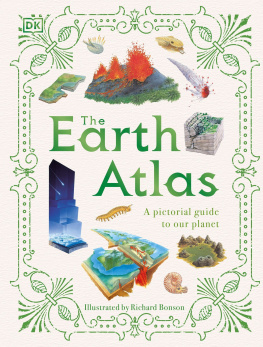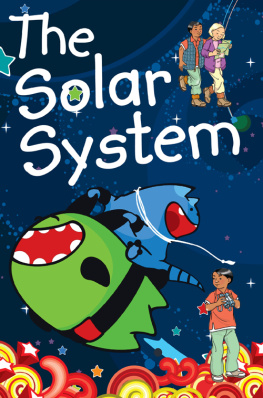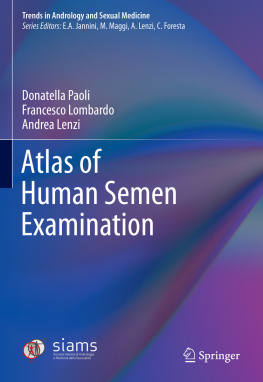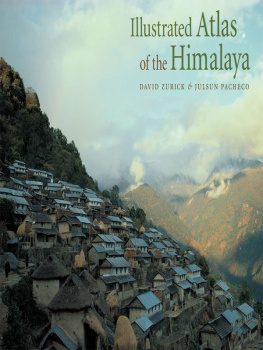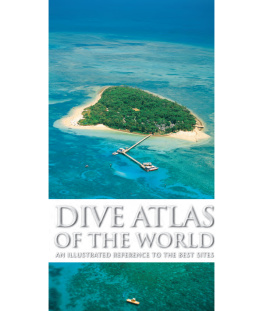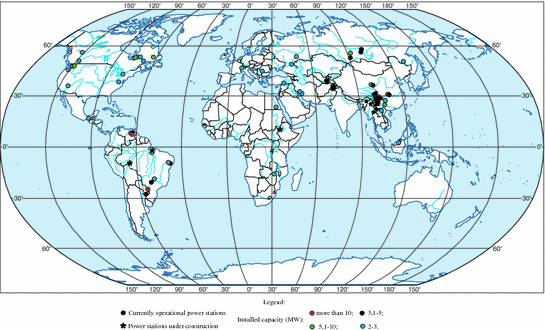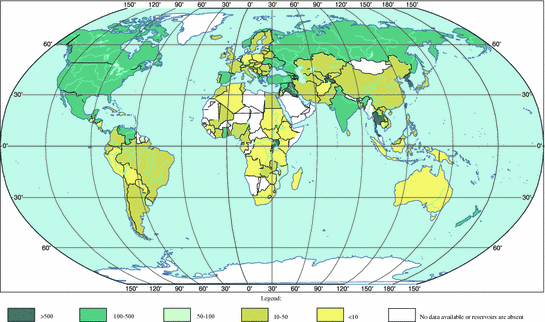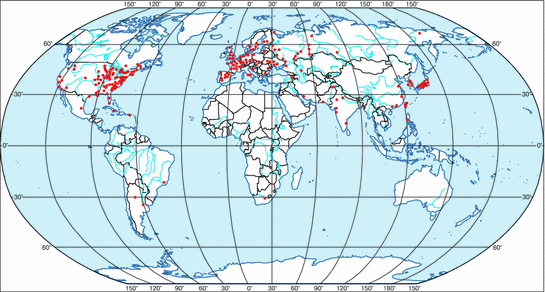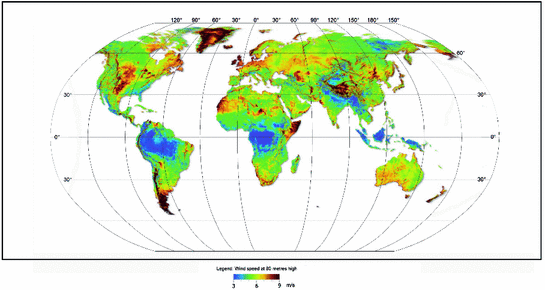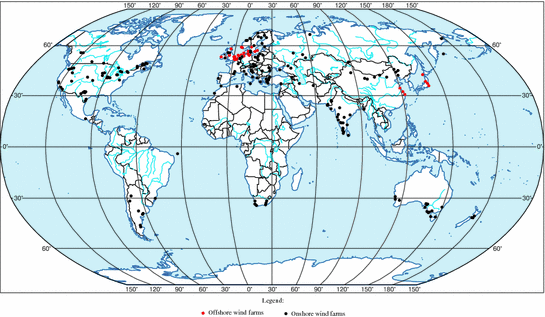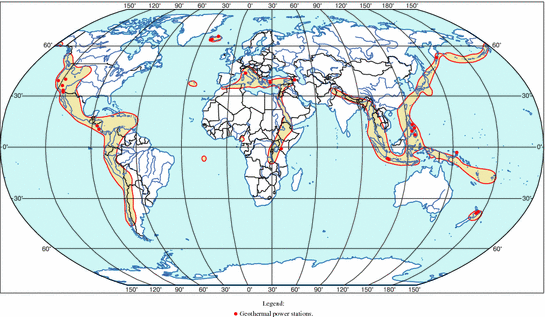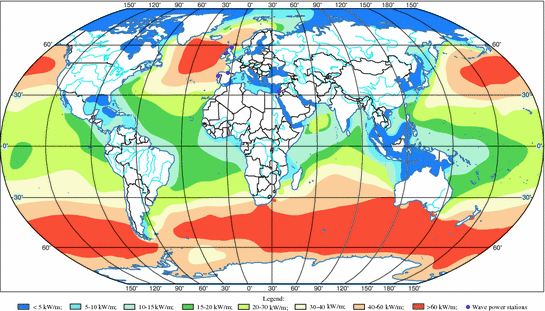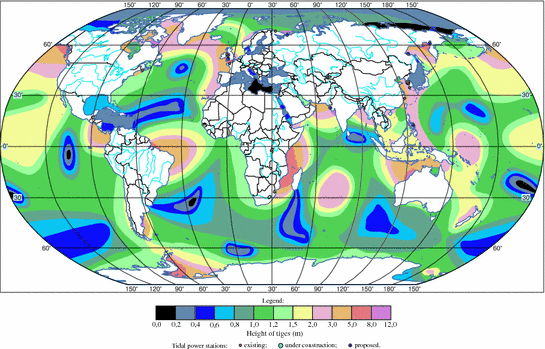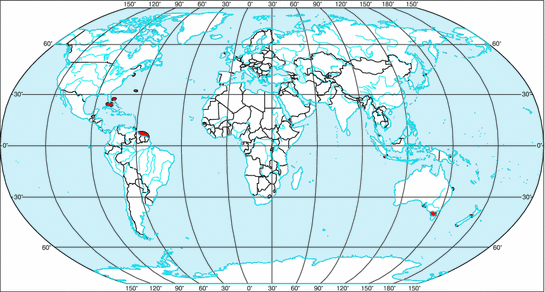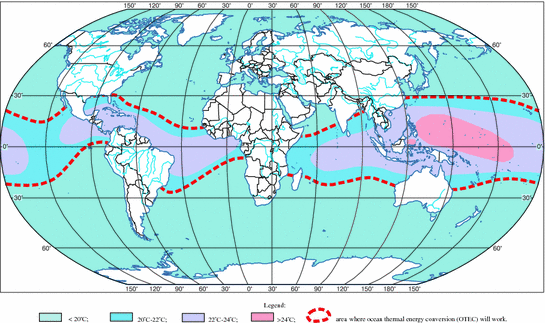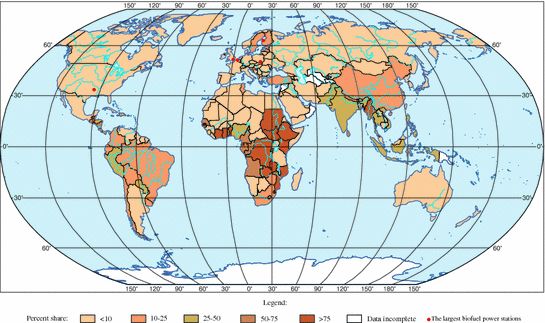Springer International Publishing Switzerland 2016
Sergey Govorushko Human Impact on the Environment 10.1007/978-3-319-24957-5_1
1. Electric Power Industry
The electric power industry is the branch of power engineering that includes the generation and transmission of electric energy. The key role of this branch is explained by the advantages of electric energy over other kinds of energyadvantages such as the relative easiness of its long-distance transmission, distribution between consumers, and conversion to other kinds of energy (mechanical, thermal, chemical, optical, and so on). A distinctive feature of electric energy is that its generation and consumption are relatively simultaneous, because the electric current propagates through the network with a speed close to the speed of light. In the foreseeable future, it will remain a principal kind of energy, providing engineering progress in all spheres of the lives of people. Electricity is generated by power plants through the use of energy carriers or the conversion of other kinds of energy. For example, heat in thermal power stations transforms water into steam, forcing the rotors of steam turbines. These turbines are connected to the rotors of generators, in which the mechanical energy of the turbines is transformed into electrical energy. Solar power stations transform the energy of sun-rays into electrical or thermal energy, for example.
The distribution of different kinds of electric power engineering is illustrated in Table .
Table 1.1
Contribution of power plants of different types to global electric power production (percent) in 2011
Thermal power engineering | Hydropower engineering | Nuclear power engineering | Non-traditional power engineering | Total (%) |
|---|
67.2 | 16.5 | 11.9 | 4.4 | |
From http://www.c2es.org/technology/overview/electricity
1.1 Hydropower Structures
Hydropower engineering is a power industry based on the use of hydraulic power for generation of electric energy in hydroelectric power plants (HPPs).
The HPPs are widely distributed (Fig. ).
Fig. 1.1
Largest hydropower stations in the world. Prepared by author based on data at http://en.wikipedia.org/wiki/List_of_largest_hydroelectric_power_stations
The major structures of an HPP include a dam, a storage reservoir, channels, pressure pipelines, distribution devices, and other structures; however, the major changes in the environment are caused by the construction of storage reservoirs (Fig. ).
Fig. 1.2
Reservoirs of the world. Summary total capacity (by countries, million cubic metres per 1000 km2) (Resources and Environment ). Reproduced with permission of Institute of Geography of the Russian Academy of Sciences
Fig. 1.3
Thermal power stations. Prepared by author based on data from numerous internet sources
Fig. 1.4
Nuclear power plants of the world (Maksakovsky , vol. 1). Reproduced with permission of V.P. Maksakovsky
Fig. 1.5
Average annual amount of solar radiation reaching the Earth surface in watts per square meter (Resources and environment ). Reproduced with permission of the Institute of Geography of the Russian Academy of Sciences. Main solar power stations. Prepared by author based on data from numerous internet sources
Fig. 1.6
Global wind power potential ( http://blog.fabric.ch/index.php?/archives/1309-Where-Wind-and-Solar-Power-Make-Sense.html ; http://news.cnet.com/i/bto/20080304/3t_global_wind_540x420.jpg ; http://www.windpoweringamerica.gov/wind_maps.asp )
Fig. 1.7
Wind farms. Prepared by author based on data from numerous internet sources
Fig. 1.8
World high-temperature geothermal provinces (Maksakovsky , vol. 1). Reproduced with permission of V.P. Maksakovsky
Fig. 1.9
Wave energy flux in kilowatts per meter wave front ( http://en.wikipedia.org/wiki/Wave_power )
Fig. 1.10
Global tide range ( http://www.meted.ucar.edu/oceans/tides_intro/print.html . Reproduced with permission of Bureau of Meteorology, Australia)
Fig. 1.11
Areas of the world ocean most favorable for ocean current electricity generation. Prepared by author based on data from Kenny ()
Fig. 1.12
Differences in temperature between the ocean surface and water a kilometer down ( http://www.otecnews.org/what-is-otec/resource/ ; http://physics.ucsd.edu/do-the-math/2012/01/the-motion-of-the-ocean/ ; http://www.energyland.emsd.gov.hk/en/energy/renewable/otec.html )
Fig. 1.13
Share of wood fuels in national energy consumption. Wood energy includes fuel wood, charcoal, and black liqor, measured in thousand metric tons of oil equivalent (TOE). Wood energy consumption is expressed as a percentage of total final energy consumption from all energy sources in thousand TOE (Matthews et al. )
The major damage associated with hydropower engineering is caused by flooding of the land, changes in river run-off below a dam, and the backwater effect, which, in turn, involve effects on practically all natural components. Basically, these components include the following (Govorushko ): (1) condemned land; (2) surface waters; (3) vegetation; (4) soils; (5) animal kingdom; (6) atmosphere; and (7) geologic environment.

